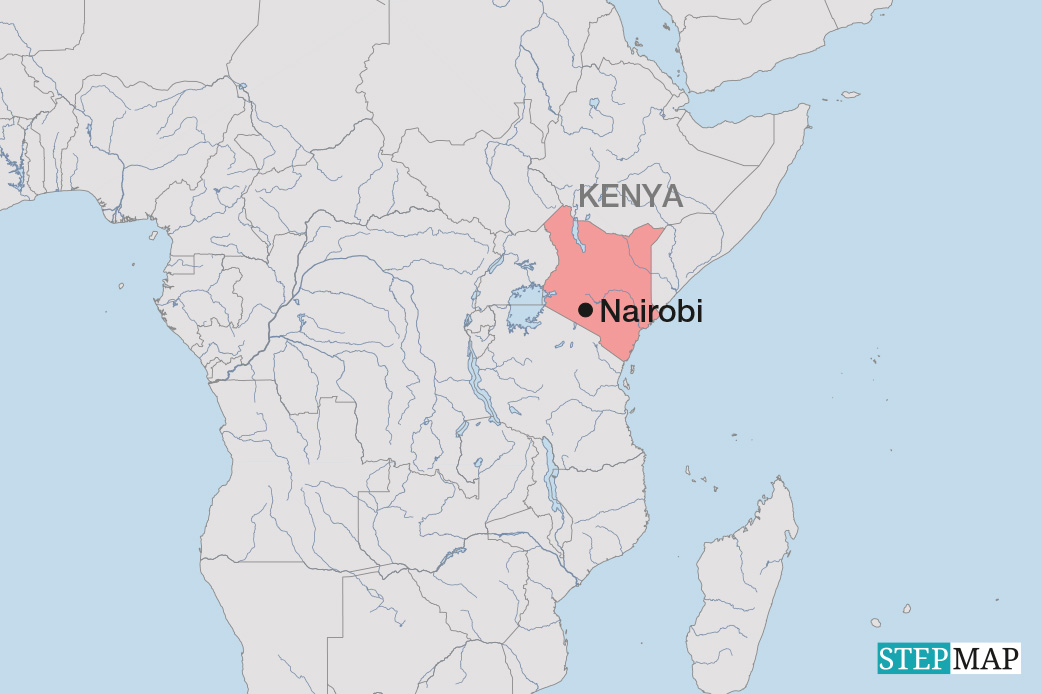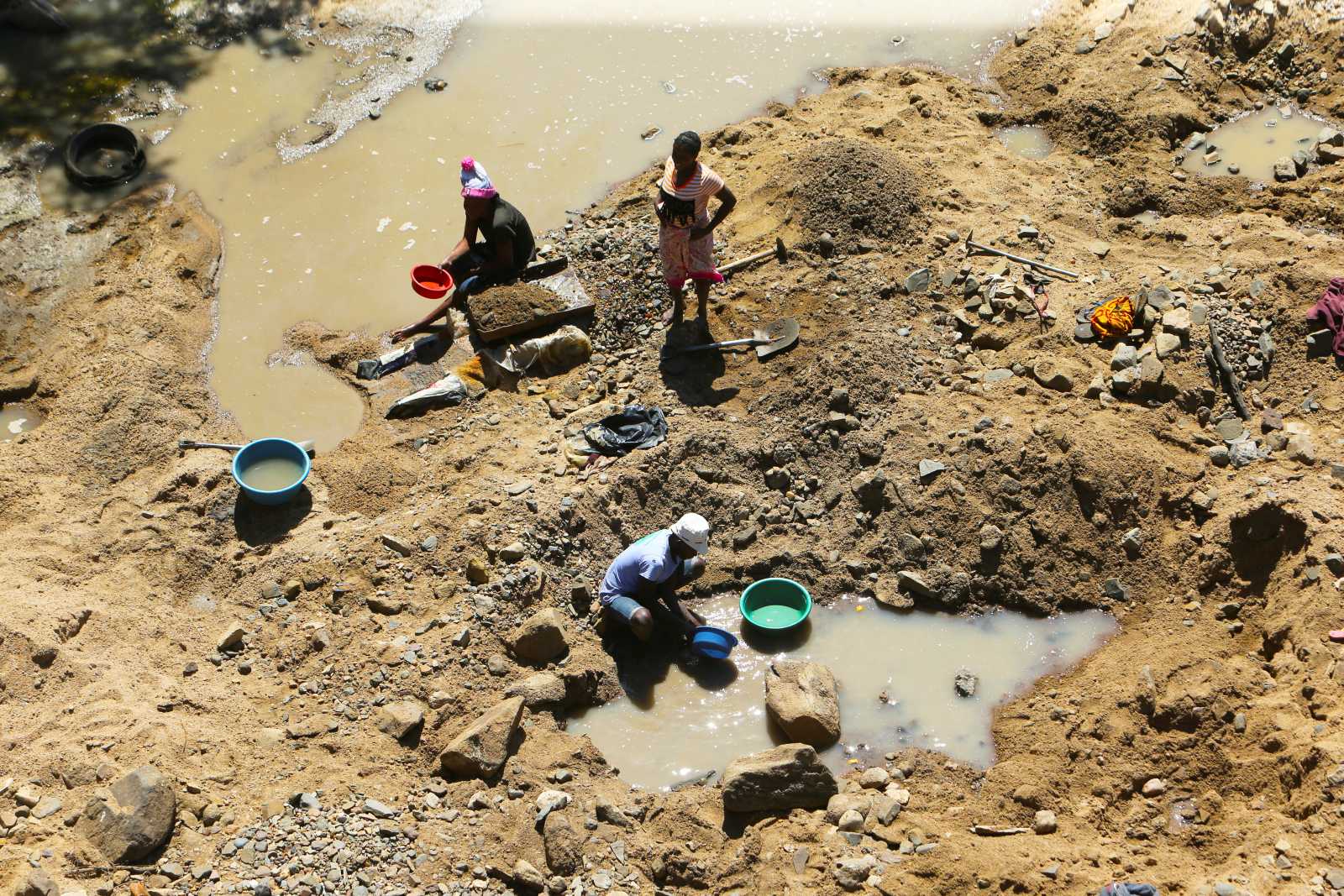Rural exodus
Moving to the city
In recent years, there has been a great deal of debate on international migration and the rules that should apply to the tide of people leaving their home countries in search of new opportunities. By comparison internal migration has been neglected, even though the majority of migrants worldwide relocate within their own country.
Migrants from poor regions typically cannot afford to travel abroad, so they move from their villages to the nearest large city in search of paid work. Over the past two decades, this trend has sharply increased. The impact is seen not only in urban agglomerations – many of which are growing fast – but also in rural areas. Priya Deshingkar of the Overseas Development Institute in London (ODI) says that rural development in India cannot be adequately assessed without taking account of migration. Many village households are in touch with urban relatives. Migrants send home money and gifts; and those who return bring along new ideas as well as the skills and knowledge they acquired in the city. Though internal migrants tend to remit smaller sums than family members who live abroad, their money and knowledge directly support poor rural areas.
Migrants also help to diversify sources of income. Families who only live on farm incomes, for example, depend on the weather and environmental conditions. Daniel Inkoom of Ghana’s Kwame Nkruma University of Science and Technology (KNUST) stresses that many migrants do not move to cities only in the search of money. They are also looking for new occupational, educational or lifestyle opportunities, and, if they succeed, they will help to provide for family members.
For many, moving to the city is quite tough. Social networks, however, mitigate the risks. In Manila slums, for example, strong – even politically influential – migrant networks have formed. Zenaida Manalo of Manila’s School of Urban and Regional Planning reports that these networks influence local policymaking. They do not only support migrants, moreover, but also voice the concerns of their home regions in the capital city. In national politics, however, concern for migrants’ needs is rather less common. Only very few government programmes for internal migrants are in place anywhere, even though such policies could boost internal migrants’ positive impact on rural development. Claudia Natali of the International Organisation for Migration (IOM) suggests that programmes that have proven successful internationally should be copied at the domestic level in order to make the most of internal migration.
Migration is certainly not the only key to rural development, but it holds opportunities. This was the tenor of an address by Claudia Kraemer of Germany’s Development Ministry (BMZ) at a conference on poverty and internal migration at Dortmund Technical University, co-hosted by the University’s regional-planning department and GTZ, the governmental aid agency.
The opportunities presented by migration need to be enhanced by development cooperation, says Einhard Schmidt-Kallert, who teaches regional planning in Dortmund. Internal migration should become a cross-cutting issue all policymakers take into account. Moreover, the benefits of migration could be strengthened by safer money-transfer systems, capacity building and information brokering. (emv)







